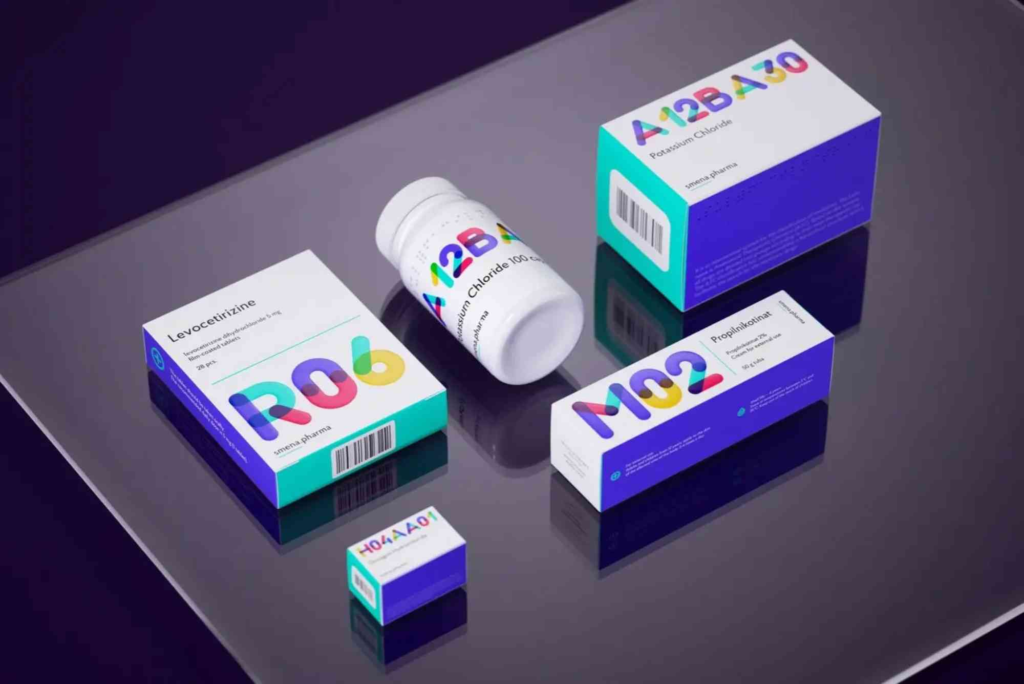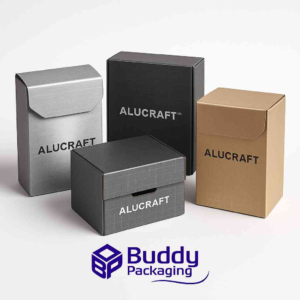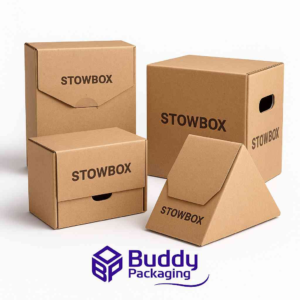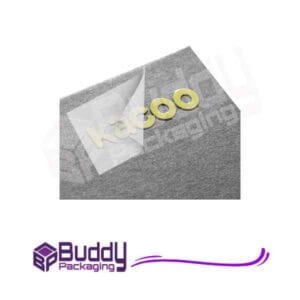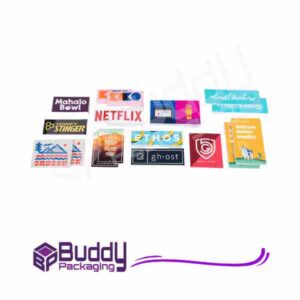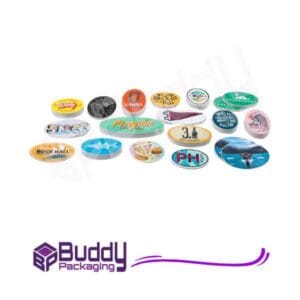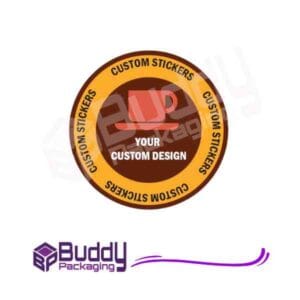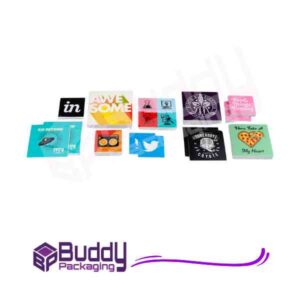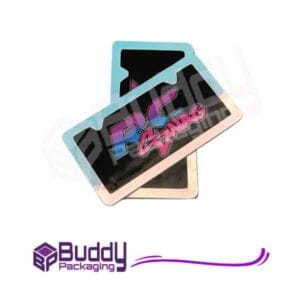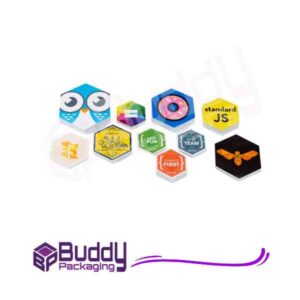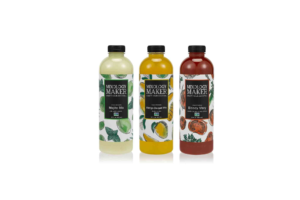In today’s competitive pharmaceutical market, pharma packaging design plays a vital role in protecting products, ensuring patient safety, and enhancing brand identity. It’s no longer just about containment; packaging must now communicate trust, comply with strict regulations, and stand out on the shelf. Whether you’re a startup or an established pharmaceutical company, the right design can make a powerful difference in how patients and professionals perceive your brand.
The Importance of Pharma Packaging Design
Pharmaceutical packaging is more than a visual wrapper—it is a guardian of product integrity. The design impacts how safely medicines reach consumers, how easily they can be used, and how well they preserve potency throughout their shelf life. A well-executed pharma packaging design ensures protection from moisture, light, contamination, and tampering, while also providing clear information that helps prevent misuse.
Good packaging design builds credibility. In an industry where trust is essential, packaging that looks reliable can influence a customer’s confidence in the product itself. When healthcare professionals and patients feel assured of quality, brand loyalty naturally follows.
Key Elements of Effective Pharma Packaging Design
Creating impactful pharma packaging design requires balancing technical precision with visual appeal. Every detail matters—from material choice to typography—because it all contributes to functionality, safety, and perception.
Safety and Compliance
Regulatory compliance is the backbone of pharmaceutical packaging. Every element must meet international standards, such as those set by the MHRA or the European Medicines Agency. Labels must include accurate dosage information, expiry dates, and storage conditions. Clear typography and accessible design help prevent medication errors—critical in life-saving treatments. Tamper-evident seals, child-resistant closures, and anti-counterfeiting features are no longer optional but essential.
Material Selection and Sustainability
Modern consumers and regulators alike are demanding sustainable packaging solutions. Materials such as recyclable plastics, paperboard, and biodegradable films are gaining popularity. Yet, sustainability cannot compromise the protective role of the packaging. The challenge lies in finding eco-friendly materials that maintain the barrier properties necessary for pharmaceuticals.
As more companies embrace green initiatives, packaging sustainability becomes a key differentiator. The future of pharma packaging design lies in balancing ecological responsibility with uncompromised safety.
Clarity and User Experience
A design that enhances usability directly supports patient adherence. For example, blister packs with clear labelling and easy-to-peel foil can help elderly users take the right medication at the right time. Minimalist, clutter-free layouts with high-contrast fonts improve readability, especially for those with visual impairments.
Designers must always consider how packaging will be handled—whether by a pharmacist, doctor, or patient. Clear instructions and intuitive opening mechanisms reduce confusion, ensuring the medicine is used correctly.
Brand Identity and Differentiation
Even in the pharmaceutical sector, branding matters. A clean, professional aesthetic communicates reliability, while a consistent colours palette and typography build recognition. Subtle design elements like embossing or spot varnish can create a premium feel, reinforcing the product’s perceived quality.
When competing products share similar compositions, pharma packaging design becomes the differentiator that helps one brand stand out from another. An engaging, trustworthy package reflects the company’s values and commitment to care.
Innovation in Modern Pharma Packaging Design
The world of pharmaceutical packaging is evolving fast, driven by technology and sustainability trends. Smart packaging, digital labelling, and track-and-trace systems are transforming how products are stored, distributed, and authenticated.
Smart technologies, such as NFC tags and QR codes, can link patients directly to online information, including dosage guidance and safety updates. This not only reduces the need for bulky paper inserts but also improves patient engagement.
Similarly, anti-counterfeiting technologies, such as holograms and blockchain integration, are helping protect consumers and brands from the rising threat of fake medicines. These innovations ensure authenticity while enhancing transparency in the supply chain.
The Role of Design Thinking in Pharma Packaging
Design thinking encourages a human-centred approach to packaging innovation. It starts by understanding patient needs and ends with creating solutions that improve the overall experience. By prioritising empathy and usability, pharma companies can develop packaging that aligns with real-world behaviour.
For instance, elderly patients might struggle with small labels or tight caps. By testing packaging prototypes with target users, designers can identify pain points early and make necessary adjustments. The result is a design that not only meets regulatory standards but also genuinely improves lives.
Sustainability and the Future of Pharma Packaging Design
Sustainability is now a driving force in packaging design across industries, and pharma is no exception. Eco-conscious consumers expect brands to demonstrate responsibility, while regulators encourage waste reduction.
Biodegradable materials, recyclable packaging, and reduced plastic use are all steps toward greener pharma packaging. However, the transition requires innovation to maintain protective quality. Companies that successfully merge sustainability with safety are set to lead the next generation of pharmaceutical design.
Inspiration for sustainable packaging can be found on platforms such as packaging design inspiration, where creative concepts from around the globe highlight how design can drive both functionality and eco-consciousness.
The Connection Between Pharma Packaging and Consumer Trust
Trust is the cornerstone of healthcare. Patients rely on packaging to confirm a product’s authenticity and quality. A poorly designed box or label can lead to confusion or doubt, potentially damaging a brand’s reputation.
Clear communication through design builds trust. Packaging should never overpromise; it should simply convey transparency, safety, and reliability. Consistent branding across all product lines also helps reinforce a trustworthy image.
How Pharma Packaging Design Impacts the Supply Chain
Packaging design affects every step of the supply chain—from manufacturing and storage to transportation and distribution. Efficient design can reduce material waste, lower costs, and improve logistics.
Lightweight packaging materials, for example, can decrease transportation emissions and storage expenses. Meanwhile, modular or stackable packaging designs optimise warehouse space and enhance handling efficiency.
Integrating digital tracking systems further ensures product safety by enabling real-time monitoring of shipment conditions.
Real-World Example: From Concept to Shelf
Imagine a pharmaceutical startup launching a new vitamin supplement. Initially, the brand chooses a plain plastic bottle, but feedback reveals that consumers find it generic and difficult to open.
By applying professional pharma packaging design principles, the company redesigns the bottle with a more ergonomic shape, child-resistant cap, and recyclable label. The result is a product that feels premium, complies with safety standards, and appeals to eco-conscious buyers.
Such thoughtful design doesn’t just improve usability—it enhances brand perception and market success.
Partnering with Experts in Pharma Packaging Design
Pharmaceutical packaging requires specialised expertise in compliance, materials, and usability. Partnering with a professional design team ensures the final packaging meets legal requirements while aligning with brand strategy.
Companies like Custom Packaging specialists can help tailor solutions that perfectly balance creativity and regulation. Whether it’s a new medicine launch or a redesign for sustainability, expert collaboration can streamline the process and maximise impact.
For businesses in the UK, visiting the Buddy Packaging Location can provide direct access to professionals who understand local and international packaging standards.
Frequently Asked Questions (FAQs)
What is pharma packaging design?
Pharma packaging design refers to the process of creating protective, compliant, and visually appealing packaging for pharmaceutical products. It ensures safety, usability, and brand identity.
Why is packaging important in the pharmaceutical industry?
Packaging protects the medicine from damage, contamination, and tampering. It also communicates essential information and builds consumer trust.
How can sustainability be achieved in pharma packaging?
By using recyclable materials, reducing plastic usage, and integrating eco-friendly design techniques that maintain product integrity.
What are tamper-evident features in pharma packaging?
Tamper-evident features, such as seals or holographic labels, indicate if a package has been opened or altered, protecting consumers from counterfeit products.
How does design affect patient safety?
Clear labels, legible fonts, and intuitive layouts help prevent dosage mistakes, especially among vulnerable users such as children and the elderly.
Shaping the Future of Safe and Sustainable Pharma Packaging
Pharma packaging design is where science meets creativity. It safeguards health, communicates trust, and reflects a company’s values. With advancements in materials, technology, and sustainability, the future of pharmaceutical packaging looks brighter and more responsible than ever.
To elevate your product presentation, ensure compliance, and build consumer confidence, collaborate with experts who understand the balance between safety and design excellence. Explore Custom Packaging solutions today and see how thoughtful design can transform your pharmaceutical brand.

